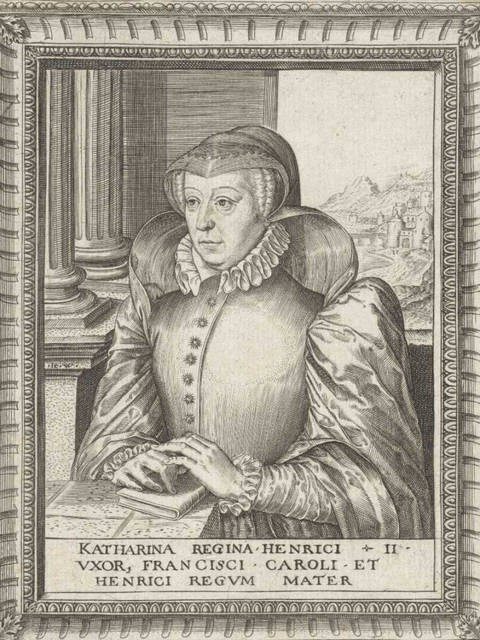 Stills in the museum | ©Dennis Jarvis / CC-BY-SA
Stills in the museum | ©Dennis Jarvis / CC-BY-SAHistory of perfumery in Grasse
The Medici’s perfumes
Grasse fertile land probably gave the name Grasse (gras in French, ″greasy″). Originally, in the 13th century, the city was famous for the tanning. But in the 16th century, things changed. With an Italian… Catherine of Medici!
She brought in France the perfume fashion. And she came with her regular perfumer, the Florentine Renato Bianco… With the hot climate, they cultivated the nicest flowers, in Grasse, for the most delicate perfumes: rose, jasmine (very expensive), orange flower, violet, mimosa, cypress and plants like lemon balm or salvia...
Distill, evaporate… a real art!
So, how did they create these perfumes? In the Middle Ages, we have the distillation: water and flowers were boiled in a still and they get the spirit. In the 18th century the cold enfleurage appeared: cold, because the hot one like distillation damaged flowers.
With that technique, they just put petals in a coat of grease, then they washed them with an alcohol bath: the odorous matter separated from the grease.
But today, we have the extraction: the flowers’ perfume is withdraw thanks to a solvent: they get a stronger smell, after that! In the 18th century, Grasse’s perfumers created their own brotherhood. But big perfumeries started to compete them in the 19th century, so the Provencal city had to retrain and started to produce the raw materials: flowers.
The visit of the museum
We discover the history of perfumery, the fabrication of fragrances, the work on raw materials (flowers) through lots of objects: don’t miss the collection of small bottles and Marie-Antoinette’s toilet case!

